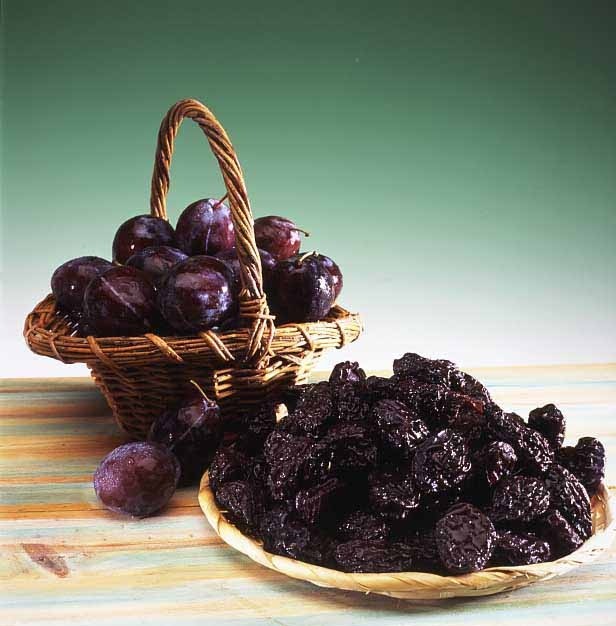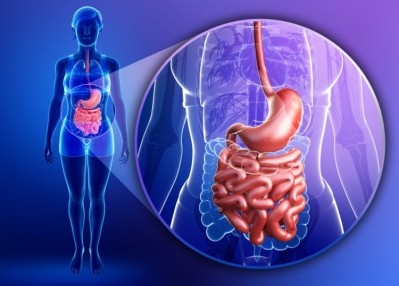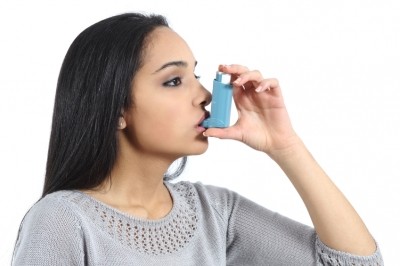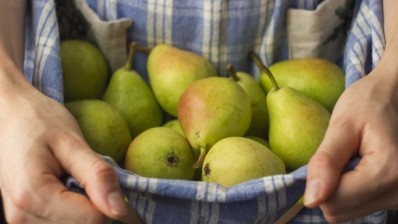Prune drink’s double deal: Juice lowers cholesterol and improves gut microbiota

Researchers from the Chung Shan Medical University in Taiwan discovered that the prune essence concentrate (PEC) was effective in regulating the intestinal microflora and in lowering total cholesterol (TC) levels – making the drink a potential anti-hypercholesterolemic agent.
“PEC intake could positively alter the human intestinal flora and thereby enhance various physiological functions and favour various health benefits,” they wrote in the journal Pharmaceutical Biology.
Hypercholesterolemia is a condition in which serum TC, and low-density lipoprotein cholesterol (LDL-c), are substantially elevated, and therefore believed to be a risk for cardiovascular disease (CVD).
Prunes, made from dried plums, provide antioxidant, anti-diabetic as well as cardio-protective properties, early studies revealed.
“Several studies demonstrated that prune is rich in both soluble and insoluble fibres, simple sugars especially xylo-oligosaccharides, phenolic acid derivatives as well as micronutrients like vitamins and minerals,” researchers said.
The study called for 60 healthy and mild hypercholesterolemic subjects segregated into three groups. The placebo group consumed 50ml of simulated prune drink, PEC I consumed 50ml of PEC/day and PEC II consumed 100ml of PEC/day for four weeks, after which two weeks of follow-up without PEC consumption was carried out.
Body weight
Findings showed no substantial changes in body mass index or body weight of participants from all three groups during the trial.
But by second and fourth week into the PEC supplementations, the level of beneficial gut bacteria lactobacillus and bifidobacterium increased in both PEC I and PEC II groups, with PEC II having a higher count.
“The harmful bacteria like C. perfringens and E. coli were greatly restrained upon treatment with PEC,” the study reported.
“However, during the follow-up (sixth week) C. perfringens and E. coli were slightly increased, whereas bifidobacterium, lactobacillus and the total anaerobic bacterial count was markedly reduced due to stoppage of PEC treatment.”
Meanwhile, the lipid profiles of the PEC I and II groups also improved by week four. The TC and LDL-c levels declined, while the high-density lipoprotein cholesterol (HDL-c) or ‘good’ cholesterol levels increased.
“Nevertheless, during the follow-up period, the levels of TC and LDL-c were mildly elevated,” researchers noted. This was the period when PEC supplementation was stopped.
The findings suggest that consumption of the prune juice concentrate can lower TC and LDL-c, as well as increase beneficial bacteria such as bifidobacterium and lactobacillus.
“Although both PEC showed good results, but still PEC II showed slightly better hypocholesterolemic and antioxidant activity than PEC I,” researchers noted.
“In the future, the active components of PEC can be isolated and tested for its hypocholesterolemic property.”
Source: Pharmaceutical Biology
DOI: 10.1080/13880209.2017.1285323
“Regulatory/modulatory effect of prune essence concentrate on intestinal function and blood lipids”
Authors: Hui-Fang Chiu, Yun-Chien Huang et al.








